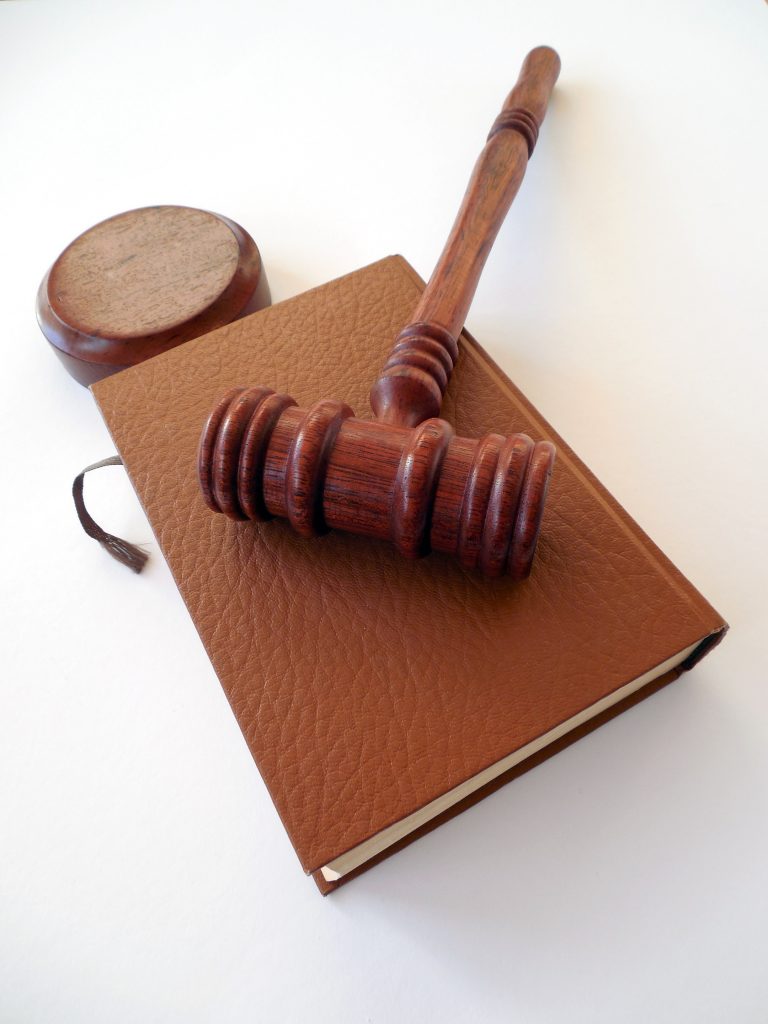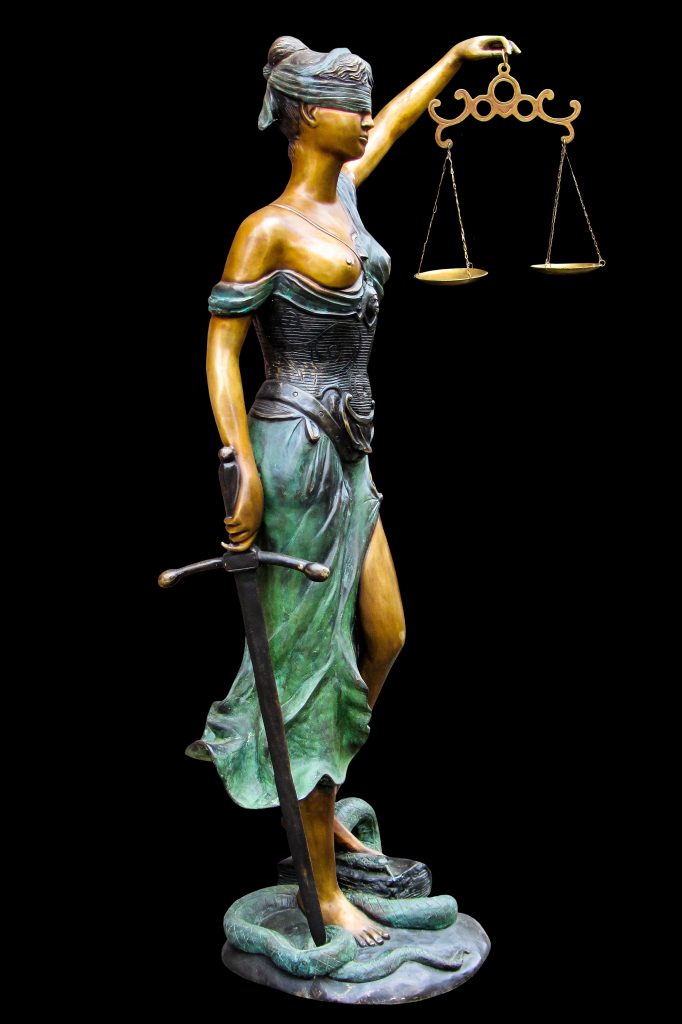 Knowing and adhering to the Rules of Civil Procedure in bringing a lawsuit cannot be understated in its importance. Before a lawsuit makes it to court, various steps and procedures must be followed for the case to proceed. Chief among these pre-trial requirements is establishing that the court has the power to decide the present case, otherwise known as the court’s jurisdiction over the case. If a court lacks judicial control over a party to the case or the subject matter involved, the case should not proceed, and the court cannot hand down a valid, binding judgment.
Knowing and adhering to the Rules of Civil Procedure in bringing a lawsuit cannot be understated in its importance. Before a lawsuit makes it to court, various steps and procedures must be followed for the case to proceed. Chief among these pre-trial requirements is establishing that the court has the power to decide the present case, otherwise known as the court’s jurisdiction over the case. If a court lacks judicial control over a party to the case or the subject matter involved, the case should not proceed, and the court cannot hand down a valid, binding judgment.
In a lawsuit alleging sexual harassment, assault, mental and physical abuse, perjury, and character defamation, Tyniski Evans represented herself against Dillard University (Dillard). Dillard responded to Evans’s complaint by moving for dismissal for lack of federal subject matter jurisdiction and failure to state a claim upon which the court may grant relief. See Fed.Civ. P. 12(b)(1), (6). The district court granted Dillard’s motion to dismiss for lack of subject matter jurisdiction and dismissed without prejudice, permitting Evans to bring the case again.
Evans appealed this dismissal, arguing the court had federal subject matter jurisdiction due to Evans receiving financial aid from the Department of Education. The appellate court affirmed the dismissal by the district court, finding that Evans’s complaint did not sufficiently show that the federal court had the power to adjudicate her lawsuit.
 Louisiana Personal Injury Lawyer Blog
Louisiana Personal Injury Lawyer Blog


 The evolving nature of employment now means the relationship between employer and employee can be indirect and through different contracting methods. In addition, many people employed by one company are, in fact, on the job doing work for another. A recent case in Louisiana highlights these distinctions and the risks posed to workers and their families when seeking compensation.
The evolving nature of employment now means the relationship between employer and employee can be indirect and through different contracting methods. In addition, many people employed by one company are, in fact, on the job doing work for another. A recent case in Louisiana highlights these distinctions and the risks posed to workers and their families when seeking compensation. Juries are one of the most important foundations in our legal system. Their role is to determine the truth behind the sometimes confusing legal language and provide justice. Juries rely on the information given to them by lawyers in the form of Jury Questions. However, when an alleged ambiguous term appears in the questionnaire, the court must determine if that specific word tainted the jury’s verdict.
Juries are one of the most important foundations in our legal system. Their role is to determine the truth behind the sometimes confusing legal language and provide justice. Juries rely on the information given to them by lawyers in the form of Jury Questions. However, when an alleged ambiguous term appears in the questionnaire, the court must determine if that specific word tainted the jury’s verdict.  The jury process is considered the great equalizer when it comes to the everyday man fighting large corporations. Juries in Louisiana are made up of twelve people tasked with evaluating the evidence and legal arguments of the parties. While juries do, their best mistakes can be made and corrected by the Judge overseeing the case. So what happens if a jury leaves out critical items of a damage award? Can a Judge increase a jury’s award of damages? The following lawsuit out of Lake Charles helps answer this question.
The jury process is considered the great equalizer when it comes to the everyday man fighting large corporations. Juries in Louisiana are made up of twelve people tasked with evaluating the evidence and legal arguments of the parties. While juries do, their best mistakes can be made and corrected by the Judge overseeing the case. So what happens if a jury leaves out critical items of a damage award? Can a Judge increase a jury’s award of damages? The following lawsuit out of Lake Charles helps answer this question.  If you are injured by someone in their course of employment, you can contact their employer for your compensation. But unfortunately, employers hire independent contractors to skirt around liability when their workers mess up. Below is a cautionary tale about how cascading levels of independent contractors left an injured plaintiff with limited sources for his injuries.
If you are injured by someone in their course of employment, you can contact their employer for your compensation. But unfortunately, employers hire independent contractors to skirt around liability when their workers mess up. Below is a cautionary tale about how cascading levels of independent contractors left an injured plaintiff with limited sources for his injuries.  Some mistakes can cost you your job. Rules and regulations are drafted and enacted in the medical field to ensure a safe work environment. Before breaking a rule to get your job done, consider the danger in which you could place yourself or your interests. The following lawsuit from Slidell shows how unemployment benefits can be taken away due to employee misconduct.
Some mistakes can cost you your job. Rules and regulations are drafted and enacted in the medical field to ensure a safe work environment. Before breaking a rule to get your job done, consider the danger in which you could place yourself or your interests. The following lawsuit from Slidell shows how unemployment benefits can be taken away due to employee misconduct.  Courts often hear contradicting testimony and must decide who to believe or who is more credible. For example, the following
Courts often hear contradicting testimony and must decide who to believe or who is more credible. For example, the following  In automobile accident cases, determining the drivers’ liability is often the core issue in determining damages. Unfortunately, who is at fault in a car accident in a parking lot can be tricky. The following lawsuit out of Lake Charles shows how courts weigh the evidence and come to conclusions in parking lot collisions.
In automobile accident cases, determining the drivers’ liability is often the core issue in determining damages. Unfortunately, who is at fault in a car accident in a parking lot can be tricky. The following lawsuit out of Lake Charles shows how courts weigh the evidence and come to conclusions in parking lot collisions.  One’s life is forever altered after an incapacitating injury. While the situation comes with enough issues, problems are enhanced when medical providers merge and change the disability benefits you have relied upon for a year. Unfortunately, this is precisely what happened to Michael Swinea after
One’s life is forever altered after an incapacitating injury. While the situation comes with enough issues, problems are enhanced when medical providers merge and change the disability benefits you have relied upon for a year. Unfortunately, this is precisely what happened to Michael Swinea after  When subcontractors get injured at work, it can be confusing to determine who is liable for damages. This case shows a company’s failed attempt at using the “two contract defense” to dismiss claims in a slip and fall case. It also helps answer the question; What is a two-contract defense in Louisiana Lawsuits?
When subcontractors get injured at work, it can be confusing to determine who is liable for damages. This case shows a company’s failed attempt at using the “two contract defense” to dismiss claims in a slip and fall case. It also helps answer the question; What is a two-contract defense in Louisiana Lawsuits?